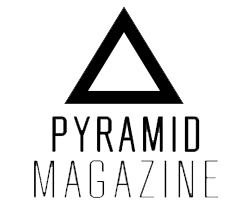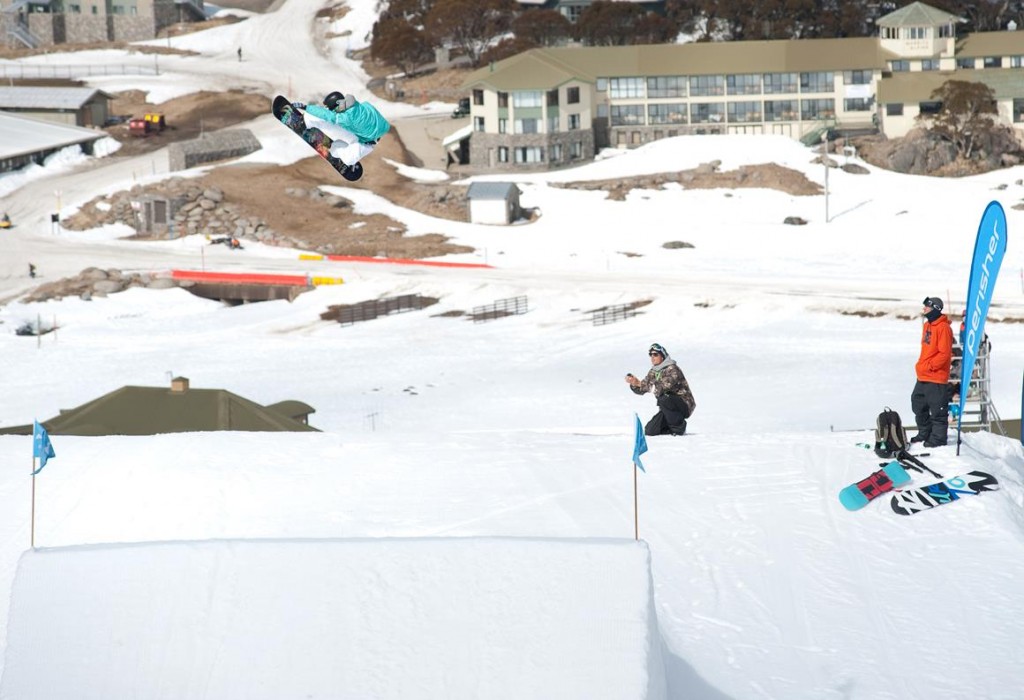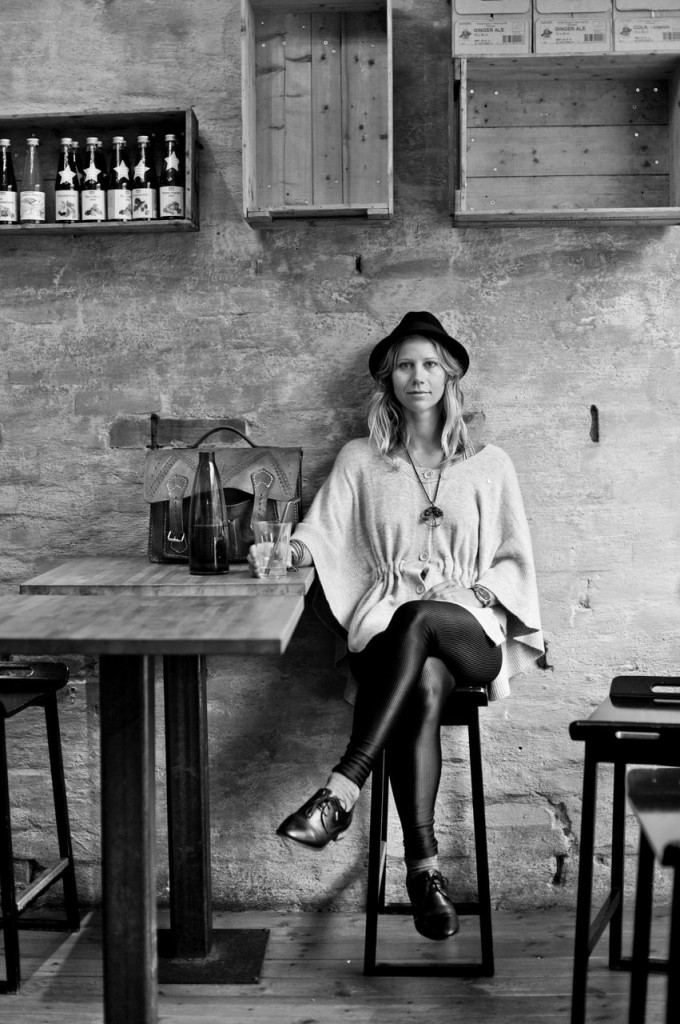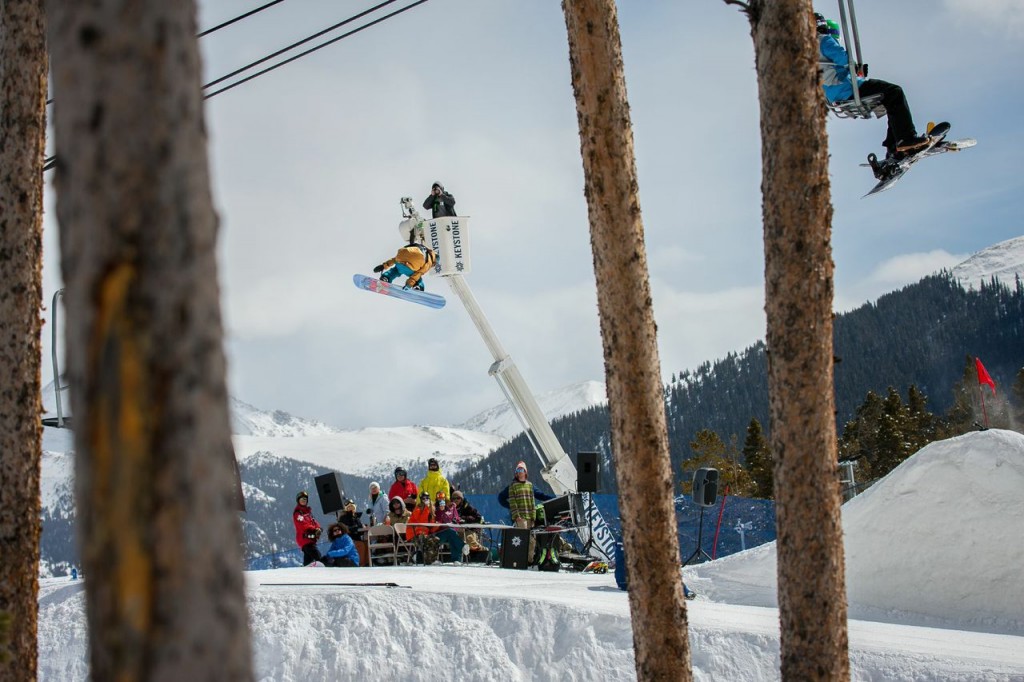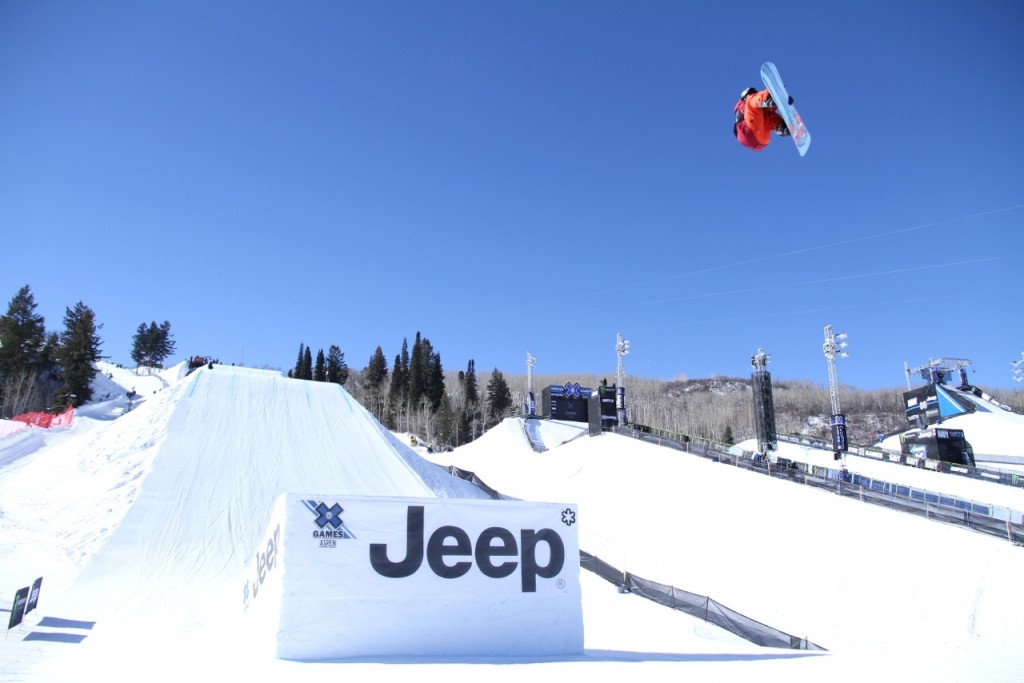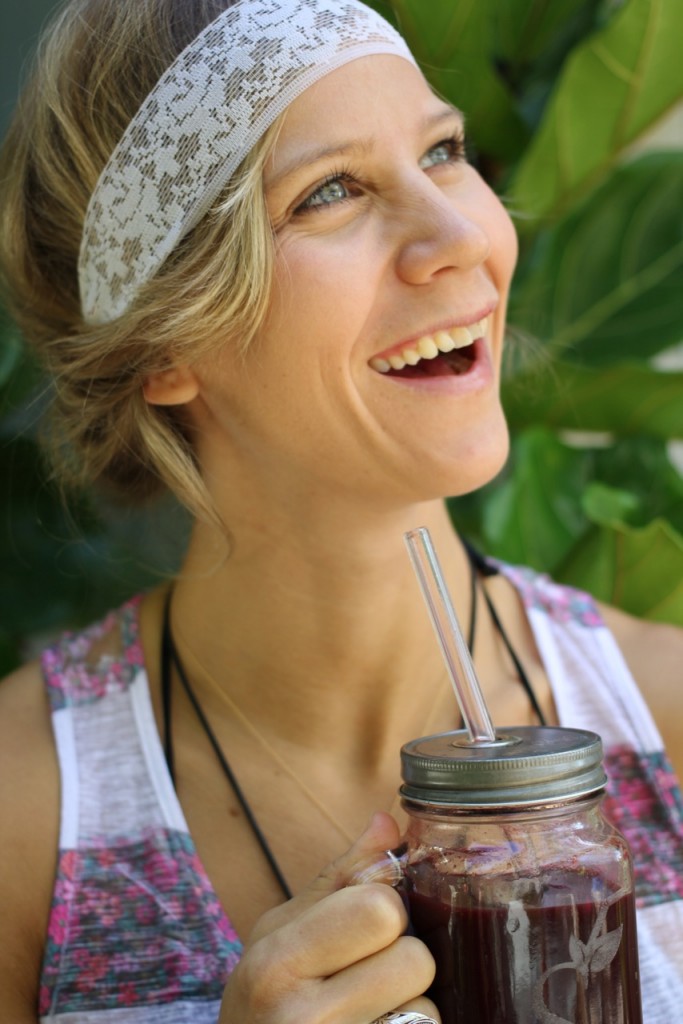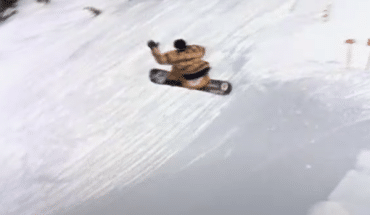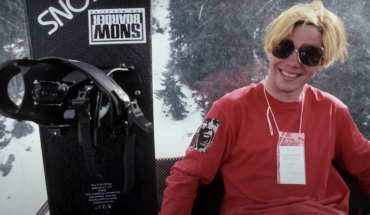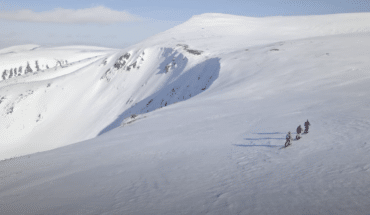It’s tough to write an intro for a rider who has had such a long and successful career. Where do you start with someone who has been competing since 1996 and in that time has amassed a ton of solid results in pipe, slopestyle and big air events? Known for having one of the best styles ever, an avid promoter for the environment and healthy living, she makes an ideal role model. Kjersti has more than cemented her place in snowboarding’s hall of fame. Here we find out more from the lady herself.
You have competing pretty much since 1996 and you seem to show no signs of slowing down. Most guys at that age would have dropped the contests and headed into the backcountry, are you tempted to do the same?
You know it’s interesting because I have always loved competing and I don’t seem to get over it. I have never been obsessed with winning or being the best in the world, but since I was very young I always loved performing. Whether it was dancing, singing or doing sports, I loved being the centre of attention. I was the kid who made my way into the very front row during the Christmas ballet shows and if it was not obvious, I would find creative ways to get there. For me snowboarding and competing has always been about pushing myself, but also about spreading good vibes. That has stuck with me and even today it is as important to me to be a good support to my friends at the start of X-Games, as it is to do good in my run. Being a good friend and sharing with the younger kids what has helped me, is what makes me feel purpose in snowboarding at the end of the day. I get so inspired by everybody throwing down, that the chances for me pushing myself are bigger than if I just ride in the park. There actually have been many times during contest where I have learned or stomped a trick for the first time ever.
Even though I love competing, snowboarding is so much more than that. Through out my career I have been “lucky” to be involved and work with companies that have taken me on adventures into the backcountry. I have also created my own projects that have taken me on some amazing journeys into raw, untouched nature. It is definitely a more peaceful and grounding space to snowboard in than in a ski resort. I co-produced and starred in a documentary from Iceland with the ladies of the One Life Crew. This turned out to be one of the most profound snowboard trips of my life and sparked a flame in me to go explore the mountains and the backcountry more by foot. In order to stay balanced and motivated in life it is important for me to have diversity. Taking the opportunities to go shred in the backcountry elevates my snowboarding & life.
You are a big advocator of a healthy lifestyle with diet and exercise, back in the day it was almost uncool to be in the gym and there was a lot more partying in the sport. Were you always this healthy or has that come with time?
Haha, yes snowboarders have always had a reputation for being kind of wild, not following rules and not taking sport too seriously. I remember Daniel Franck used to tell us rookies that he never worked out but to our disappointment, we discovered that this only was a cover-up to protect his image. In reality he was the first to go to the gym and the last to leave. A lot has changed within our snow community over the last decade and it is safe to say that it has become socially accepted to put in your hours at the gym. I think most riders agree that this is a must if you want to be on top of your game. Awareness about nutrition seems to be going at a slower pace and is probably linked to how little aware society is in general about the topic. I find the corruption in the global food industry very disturbing. My curiosity for food and digging deeper into that industry was inspired pretty organically when I transitioned from the halfpipe into slopestyle. I made friends with fellow competitors; Jamie Anderson and Chanelle Sladics and they were both eating organic, shopping at the health food store and ate mostly vegetarian. Observing them, I quickly relalised that I had a pretty disconnected relationship to what I put into my mouth and how it affected me, my health and my performance in sports. Now that I have incorporated nutrition into a fundamental asset to my life health and performance, I can’t imagine how I could do what I do now, without it.
I started watching documentaries and swapped most of my meat for veggies and educated myself on the benefits of eating organic. I used to get an allergic reaction every time I ate apples and certain fruits. After testing out an organic apple without getting an itchy throat or swollen face, I knew I was on the right track. When I watch old videotapes of myself I can tell how often I was sick, I constantly had a sore throat, cough and stuffy nose. I know a big part of it was my lack of nutrients and excess of meat & dairy. I already know so much more about food and health than back when I was in my early 20’s and my plan is to get certified as a nutritionist.
Does riding for energy drink conflict with leading a healthy lifestyle?
Everybody is on their own path in life and we need to respect each other for where we are. I know that for me riding for an energy-drink created a big conflict within myself. I am intrigued by what these companies have done for the progression of our sport, creating platforms where the riders can train to reach an almost inhumane level- but it came to a point where I was so aware of what was in the actual products, that it no longer was an option for me to keep promoting them. That’s why I quit my contract early.
We have to wake up and realize the side effects. Kids look up to us athletes and want to do exactly like we do. I personally remember the influence my “hero’s” had on my life and actions. It has been important for me to not judge other riders for what they choose, as there is a really positive contribution and team side of working with these brands. It can be challenging to turn snowboarding into a career and non-endemic support is really valuable. At the same time it is important for me to stay true to my values. I see it as my responsibility to be a good, healthy leader/ influencer for my community and our audience. We all have different purposes in life, and for me this doesn’t align with my path.
You are also big into been green and respecting the environment and a part of the One life crew. Do you think a sport that changed the environment so much to build lifts, pistes, involves 1000’s of flight miles a year and uses toxic materials in snowboard construction can ever be truly environmentally friendly? What can we do to reduce this impact?
Being truly environmentally friendly depends on how we define that. I believe that the current state of the globe and human health is at the worst it has ever been and we are in deep need for change. At the same time we are seeing a lot of new companies and businesses with innovative solutions and great motivation to help protect out planet. We also see this trend growing in our own snow community and industry. Brands and non-profits are taking initiatives to help reduce waste, use non-toxic materials and activate against global warming. It is not a secret that as a professional snowboarder’s carbon footprint is going to be on the larger side, but to me that is an even bigger incentive to why I want to be conscious on how I can reduce it in my every day life. Waste like plastic never decomposes, so to me that one is obvious – use less plastic and stay away from the single use conveniences. Carpooling, turning off the light, eating less meat, and using my voice and platform as an athlete are thing I aim to do daily. I made an extra effort to make sure my signature pieces throughout the last years have been made from recycled materials. That means resources saved on every piece. It is silly to think you can’t save the world alone, it is a ripple effect we need to work together and help each other understand how we can do that.
Breckenridge resort has done some great initiatives by keeping their newest run “as natural as possible” and they also have a huge composting system for their food waste. Mervin manufacturing is using FSC certified wood, which means respecting biological diversity, water resources, soils and fragile eco systems in the process of making snowboards. In short it means that they (and you buying their boards) are contributing to helping protect forests for future generations and support jobs that are not operating in a toxic room. A new goal of mine is to align with companies who take these kinds of initiatives sincerely and do my best to influence the ones who don’t.
It seems like pro riders are having a tough time at the moment with budget cuts and contests being cancelled. Was being a pro easier in the early 2000’s than it is now? Do you think it will ever get back to how it was before the recession?
I have learned that being an athlete is truly a privilege and because snowboarding is in the entertainment industry. I think we are more likely to get hit sooner in a global financial setback. Many riders are experiencing tough times at the moment and it is sad to see a lot of great talent lack financial and unable to reach their full potential.
We are a part of a global recession that has effected most industries. At the same time we are also a part of a global sport industry and sports tend to stir up deep passion within spectators and athletes all over the world. Sports are also deeply rooted in our education systems and play a big role in national guidelines for health. I believe that sports, especially snowboarding can help enrich our lives, connect us to our bodies and nature. We have something that is very unique, that is rare to find at the highest level of other sports, playfulness, creativity and community. For that reason I am not worried about the future of snowboarding, but it is up to us to teach the true values and why we started riding to the generations coming up behind us. In addition we need to show them how to respect nature and the importance of community.
Now that snowboarding is a part of the Olympics, with most competitive disciplines represented it has reached a whole new audience and level of performance. Being sponsored is more than slapping a sticker on your board. To me it is important that the companies and people I work with have similar values and goals and truly see the benefit in working as partners. My definition of what being a professional snowboarder means has changed a lot since I started traveling on tour in 1998. Being a good role model used to mean wearing a helmet. Being a respected athlete used to be defined by skill set and attitude. Today athletes who are willing to look outside themselves and get that there is a much bigger picture compiling of many different pieces, inspire me most.
Would you consider the old days better for snowboarding than now?
The old days was fun but I like to believe that I am conscious to help create only better days.
It seems now that the standard of Women’s riding is improving at a fast rate. Why is it that some Women will be able to spin 9’s and 10’s in video parts but in contests they will go back to 3’s and 5’s? Is it because they didn’t have to do bigger tricks to make it through?
I strongly disagree with that statement. The level at contests is so bad-ass right now. Doubles, 9’s and even 10’s. The style is getting more defined as well. I’m proud to be a part of this era for sure. Filming a video part is very different from competing. If I am out in the backcountry, the biggest challenge is landing in powder, so if I’m filming I always turn down the technical aspect and focus on style and the actual landing. It’s an art on it’s own. The women who are able to pull off sick video parts from the backcountry impress me so much. Alongside with skills there are so many things that have go right in order to “get the shot”. Light, focus, communication between the rider and the filmers and snow etc. Filming in the park is a lot “easier”. You can take many tries and ride as long as the filmer is up for it.
When you are competing, you have one set stage in front of you to perform on, since snowboarding is an outdoor sport you are going to deal with weather and speed challenges every now and then. There is a direct link between not having enough speed and risk of injuries, especially knee injuries for women. Many studies show that women have a much greater risk of injuring their knees when jumping and landing than men, because of the biomechanics in the knees. In the Olympics the course was pretty gnarly for both genders, huge step-down jumps and not enough practice. In order to perform at your highest level and have fun you need the right stage to do so.
One of the reasons why Chanelle Sladics and I created Community Cup (www.community-cup.com); we wanted to create a course and an event that would bring out the best tricks, progression and style. The girls were provided with a chance to give feedback and ideas to what kind of features, jump sizes etc. they wanted to see included in the course. We tested it to make sure the speed would work, even if we got wind or snow (and we did). Silje Norendal said she did the best rail run of her life, because the rails allowed her to step up her game. The format allowed you to keep your semi-final score and bring it into finals, which created a lot of room for the riders to send it straight out of the gate in finals. In the big air Cheryl threw down the sickest 900’s with so much style!! The women are capable of so much; they just need the right stage to show it, whether it’s in the park filming, competing or if it’s out in the wild chasing pow!
Have you already made plans for what you will do after you retire?
Right now I love snowboarding and the lifestyle that comes with being a professional snowboarder. Progressing, learning, setting goals, traveling, photography, being outdoors in nature, advocating, being the best I can possibly be, connecting and creating networks, playing, cultivating my creativity. I don’t ever want to remove myself from snowboarding and I want to create ways to stay connected to it while give back to the community that has given me so much.
I used to fear the time where I have to stop being a professional athlete, as that’s what I have been the majority of my life, that’s what I am good at. Recently I have discovered that there are so many opportunities out there, I just have to create them. When I was younger I never planned to be a professional snowboarder, I just followed what I loved and it created itself. I will continue this approach and trust it will create a future “profession” I love.
I aim to stay unattached to the length of time I receive support to continue my snowboard career. For now- I am happy to invest the majority of my time and energy into becoming great at snowboarding and continue to represent our sport to the masses. Snowboarding is constantly leading me to new opportunities, and I am confident it will continue to introduce me to great humans and brands that I align with- I will leave the rest to the universe.
Check out more about kjersti on her website here. twitter, facebook and instagram
Index photo by Chanelle Sladics.
